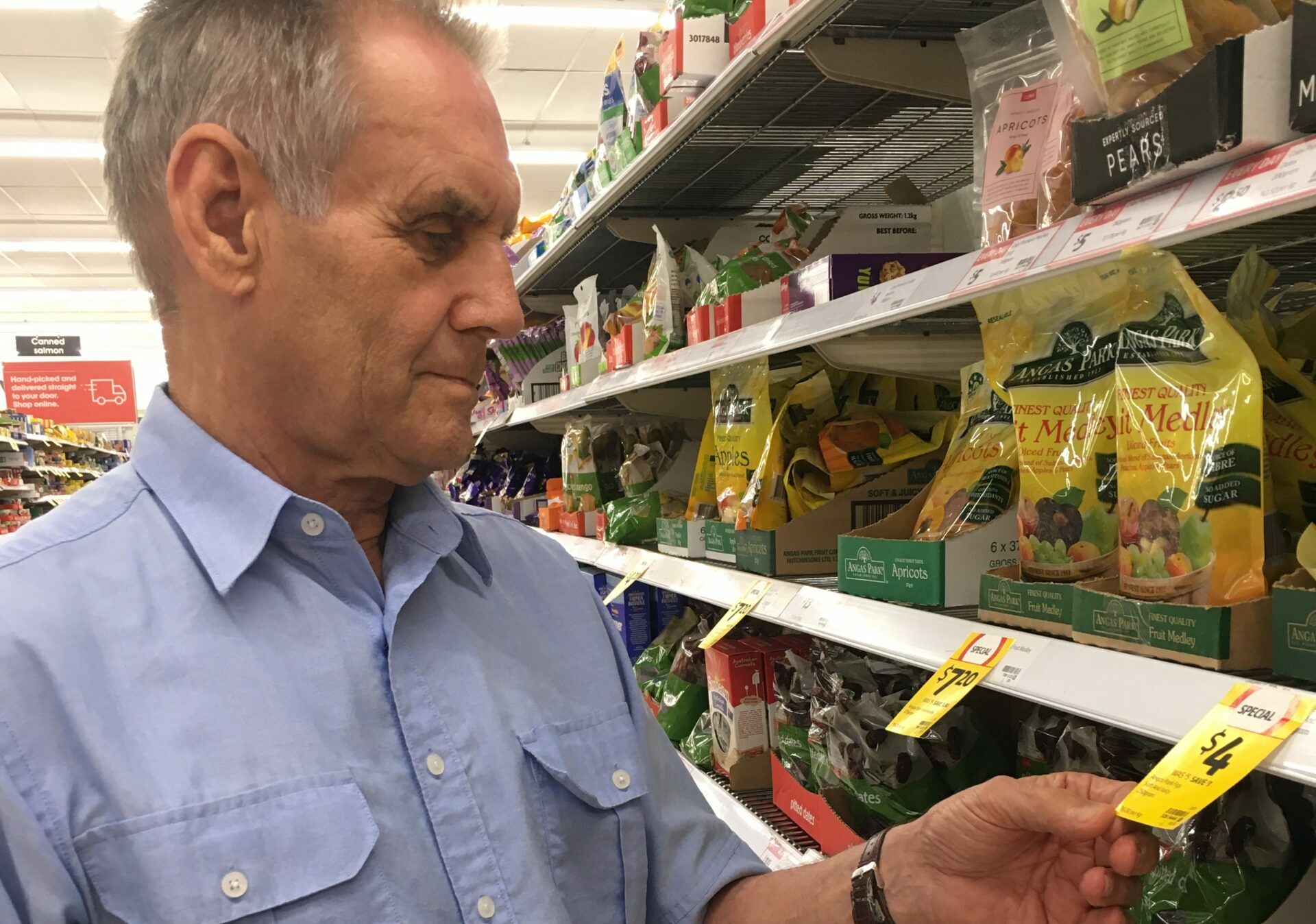Opinion piece by Ian Jarratt (QLD, 2006)
The Albanese government’s decision to direct the ACCC to investigate pricing and competition in the supermarket sector and the Treasurer’s statement that “This is about making our supermarkets as competitive as they can be so Australians get the best prices possible.” are very welcome.
However, it is essential that the ACCC looks at, and makes recommendations on, how to increase price transparency by improving the effectiveness and increase the scope of the unit pricing (price per unit of measure – for example $1.41 per 100g for a 765g packet of breakfast cereal costing $10.80)) that some instore and online grocery retailers must provide for prepackaged product in order to help consumers compare prices, save money and increase competition.
Grocery shoppers can achieve major savings by comparing unit prices and then being prepared to change pack size, brand, packaged/loose, etc. because they spend at least $100 billion a year on groceries and unit prices differ greatly between pack sizes, brands, packaged and-unpackaged products, special and regular prices, and between supermarkets. And, high levels of consumer use of unit pricing increases competition throughout the grocery supply chain.
However, the unit price of many prepackaged grocery products is far too difficult for many shoppers to notice, read, understand, and use instore and online, and this greatly reduces the number of consumers who use unit pricing, the frequency of use and the savings obtained.
The extent of the problems was clearly shown by a 2022 national online survey by CHOICE which found that 71% of users in grocery stores and 80% of online users experienced difficulties doing so. And, in a 2018 Treasury online survey involving 3775 respondents 74% said they had trouble finding and reading the unit price always/often/sometimes.
The main difficulties mentioned in the CHOICE survey were that both instore and online: unit prices were difficult to read; different units of measure were used for the same type of product; and unit prices were not always displayed. Instore, unit prices were also obstructed/covered. Online, it was also difficult to compare products of interest side by or sort/search by the lowest unit price.
The last time ACCC inquiry into the supermarket industry was in 2008 and for consumers one of its most important and influential recommendations was that grocery retailers should be required to provide unit pricing for packaged products.
However, deficiencies in the resultant 2009 mandatory Code (even though it requires very large instore and some online grocery retailers to provide unit prices that are prominent and legible) and in the national measurement laws, have has resulted in Australia’s grocery unit pricing system being much less effective than it could and should be.
The new ACCC investigation into supermarket prices is a not-to-be missed opportunity to increase price transparency by modernizing and greatly increasing the effectiveness of Australia’s grocery unit pricing system, including by requiring more grocery retailers to provide unit pricing. Ideally, it will also consider whether, as in several EU countries and the UK, other types of retailers, for example chemists, pet supplies stores, hardware stores, and stationers, should also be required to provide unit pricing for packaged products.
Requiring retailers to provide unit pricing, and ensuring that it is easy for consumers to notice, read, understand and use, is a very low cost way to increase price transparency, to empower consumers to make more informed choices and save money, and to increase competition.
Ian Jarratt, OAM, is a consumer advocate and Churchill Fellow. His 2006 Fellowship enabled him to study unit pricing in the USA and several European countries.
Ian’s Fellowship report recommended the introduction by Australia of mandatory unit pricing for grocery products and influenced the federal government’s terms of reference for the ACCC’s grocery 2008 prices inquiry as well as its recommendation for mandatory grocery unit pricing.
Since completing his Fellowship, Ian has continued to study unit pricing, and to advocate for its effective provision by retailers, in Australia and many other countries. Ian has also represented Consumers International (the global voice of consumers) on an International Standards Organization (ISO) project committee that prepared an ISO unit pricing standard.

